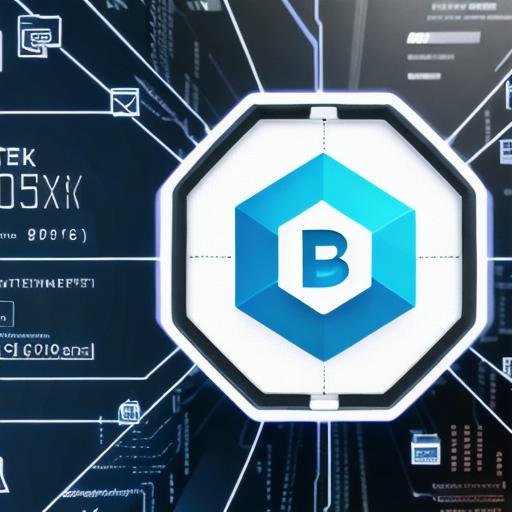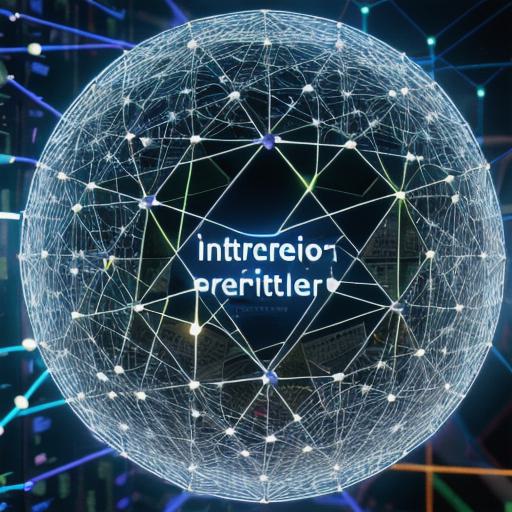Web3.0 is the latest iteration of the World Wide Web, designed to be more decentralized, secure, and empowering for users. As a Web3 developer, understanding the basics of this new technology is crucial to building innovative applications and staying ahead of the curve. In this comprehensive tutorial, we’ll explore the key concepts and features of Web3.0 and provide actionable guidance on how to get started.
Introduction
Web3.0 is built on a foundation of blockchain technology, which allows for secure and transparent transactions without the need for intermediaries. This new version of the web is decentralized, meaning that it’s not controlled by any single entity or government. Instead, it’s governed by a network of computers and users who work together to maintain the integrity of the system.
In this tutorial, we’ll cover the basics of Web3.0, including how it works, the key features and benefits, and how to get started as a Web3 developer. We’ll also explore some real-life examples of Web3.0 applications and discuss the potential for this technology to revolutionize industries such as finance, healthcare, and more.
Key Concepts of Web3.0
Decentralization
One of the key features of Web3.0 is its decentralized nature. This means that there is no central authority controlling the web, but rather a network of computers and users who work together to maintain the integrity of the system. This decentralization makes it more secure, resilient, and transparent, as there is no single point of failure or control.
Blockchain Technology

Web3.0 is built on blockchain technology, which allows for secure and transparent transactions without the need for intermediaries. A blockchain is a distributed ledger that records all transactions on the network. Each transaction is verified by a network of computers, ensuring that it’s valid and cannot be tampered with.

Smart Contracts
Smart contracts are self-executing contracts written in code that automatically enforce the terms of an agreement between parties. They can be used to automate tasks such as payment processing, inventory management, and more. Smart contracts are a key feature of Web3.0 and are essential for building decentralized applications.
Cryptocurrencies
Cryptocurrencies are digital or virtual currencies that use cryptography for security. They are decentralized, meaning they are not controlled by any government or financial institution. Cryptocurrencies can be used as a form of payment and have the potential to revolutionize the way we think about money and finance.
Decentralized Applications (dApps)
dApps are decentralized applications built on Web3.0 that run on a blockchain network. They are designed to be more secure, transparent, and resilient than traditional centralized applications. dApps can be used for a wide range of purposes, including social networking, gaming, finance, and more.
Getting Started with Web3.0
If you’re interested in learning more about Web3.0 and becoming a Web3 developer, there are several steps you can take to get started:
- Learn the basics of blockchain technology and cryptography. These are essential for understanding how Web3.0 works. There are many online resources available that provide an introduction to these concepts, including tutorials, courses, and videos.
- Familiarize yourself with smart contract programming languages such as Solidity
